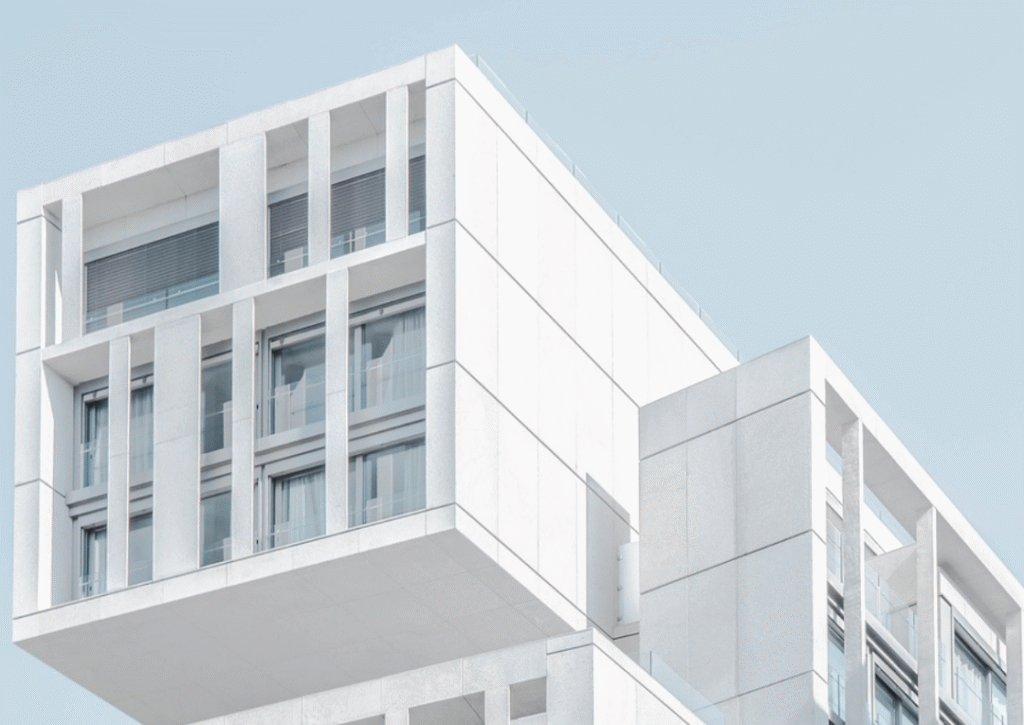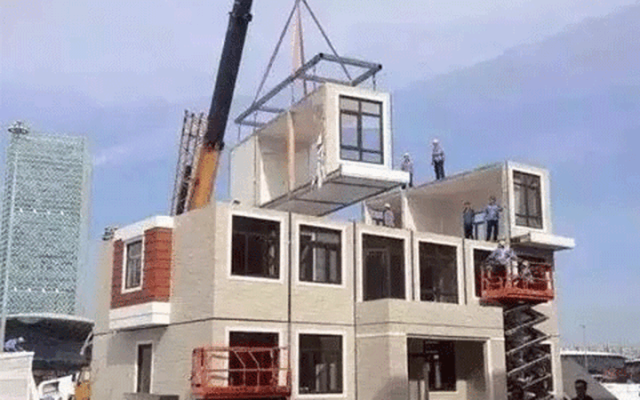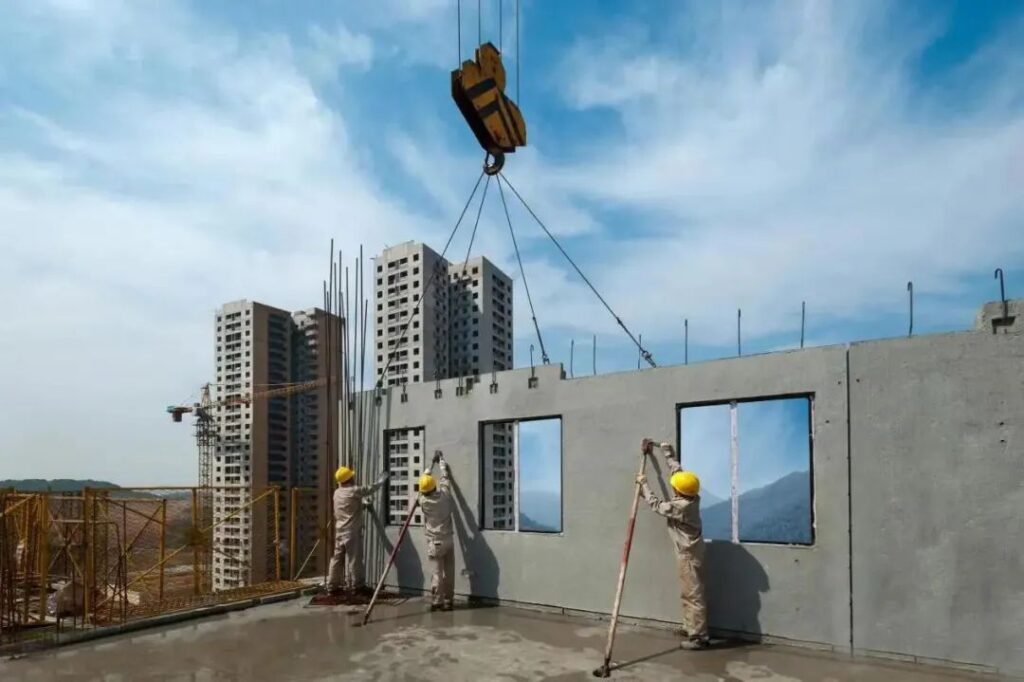Prefabricated buildings refer to a construction method where a large portion of traditional on-site work is shifted to factories. In this process, building components and parts—such as floor slabs, wall panels, staircases, and balconies—are manufactured in factories and then transported to the construction site for reliable assembly and installation.

Advantages of Prefabricated Buildings
1. Resource Saving
Prefabricated buildings adopt an integrated approach to architectural and interior design and construction, aiming for simultaneous progress of structural work and interior finishing. In an ideal scenario, this method saves both labor and materials. Items such as scaffolding, formwork, reinforcement steel, and concrete can all be reduced to some extent. For buildings with prefabricated components, there is no need to erect full external scaffolding—only partial safety railings are required in specific areas.

2. Reducing Pollution
Prefabricated buildings greatly contribute to energy conservation and environmental protection. They can significantly reduce construction waste and wastewater discharge, lower construction noise, decrease harmful gas and dust emissions, and reduce the number of onsite workers and management personnel. This supports healthier, greener urban development in China.
- Shortening Construction Period
Prefabricated components are manufactured in factories and assembled onsite using lifting and joining operations. The high level of mechanization in assembly significantly reduces onsite wet work such as mortar mixing, plastering, and masonry, making the process less affected by weather and more efficient. For example, under favorable transport and lifting conditions, Xinghe Green Prefabricated Buildings can complete the main structure of 200–300 square meters within just a few days.
询问 ChatGPT

4. Green and Energy Efficient
During use, prefabricated buildings are greener and more energy-efficient. If heating is measured per household, prefab homes provide better indoor insulation at the same heating temperature. Homeowners can lower heating settings, saving on heating costs and reducing energy consumption. Exterior wall finishes are completed once in the factory, avoiding issues common with traditional onsite work such as uneven color, peeling, cracking, deformation, and fading, thereby reducing maintenance costs later.
- Fire Safety
Prefabricated buildings use non-combustible or flame-retardant materials, effectively preventing the spread or impact of fire, and offering superior fire resistance and flame retardancy.

6. Better Sound Insulation
Prefabricated buildings use grout materials for steel connections and sealing compounds that enhance the airtightness of walls and windows. The insulation materials also have sound-absorbing properties, effectively blocking noise transmission and creating a quiet indoor environment, free from external noise disturbances.
Leave a Reply